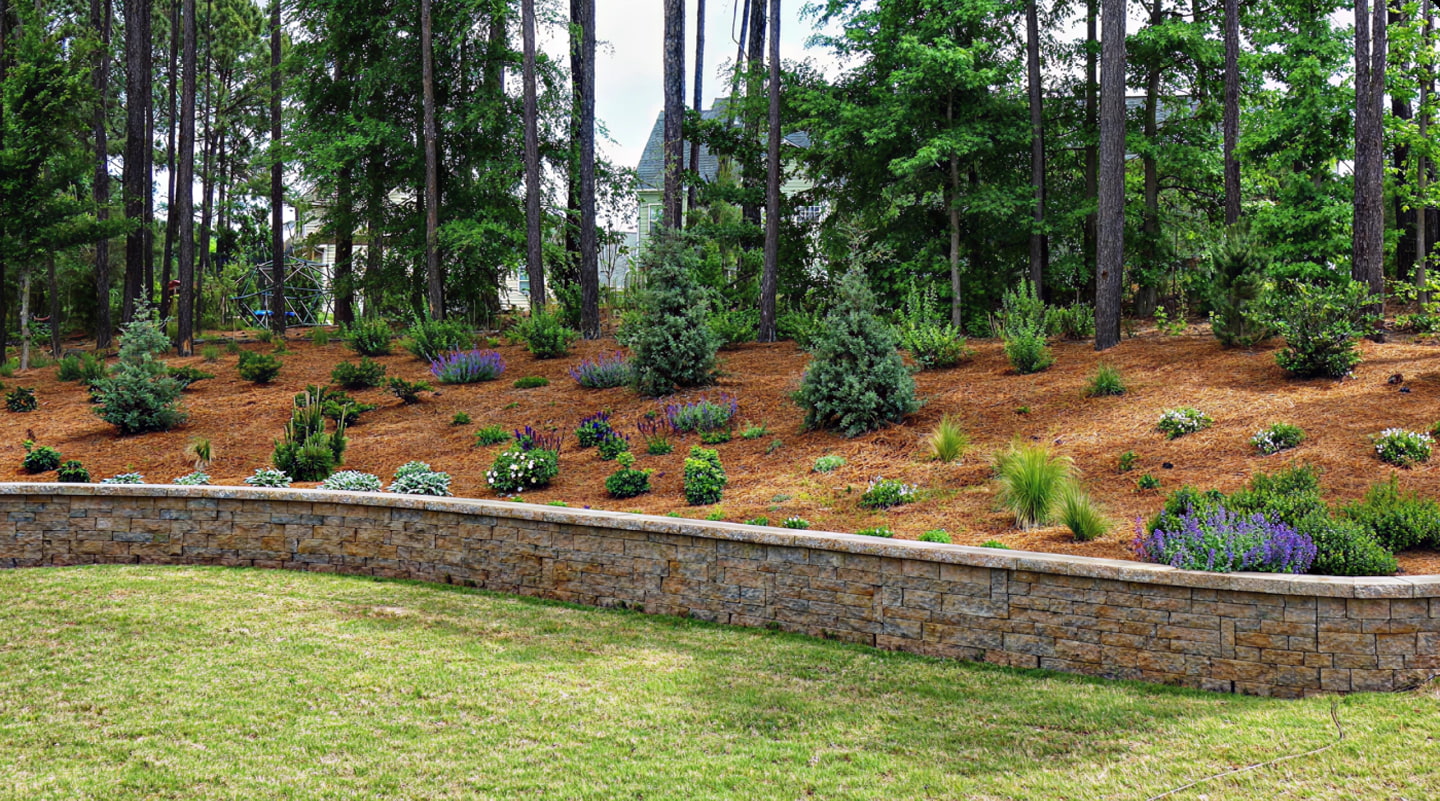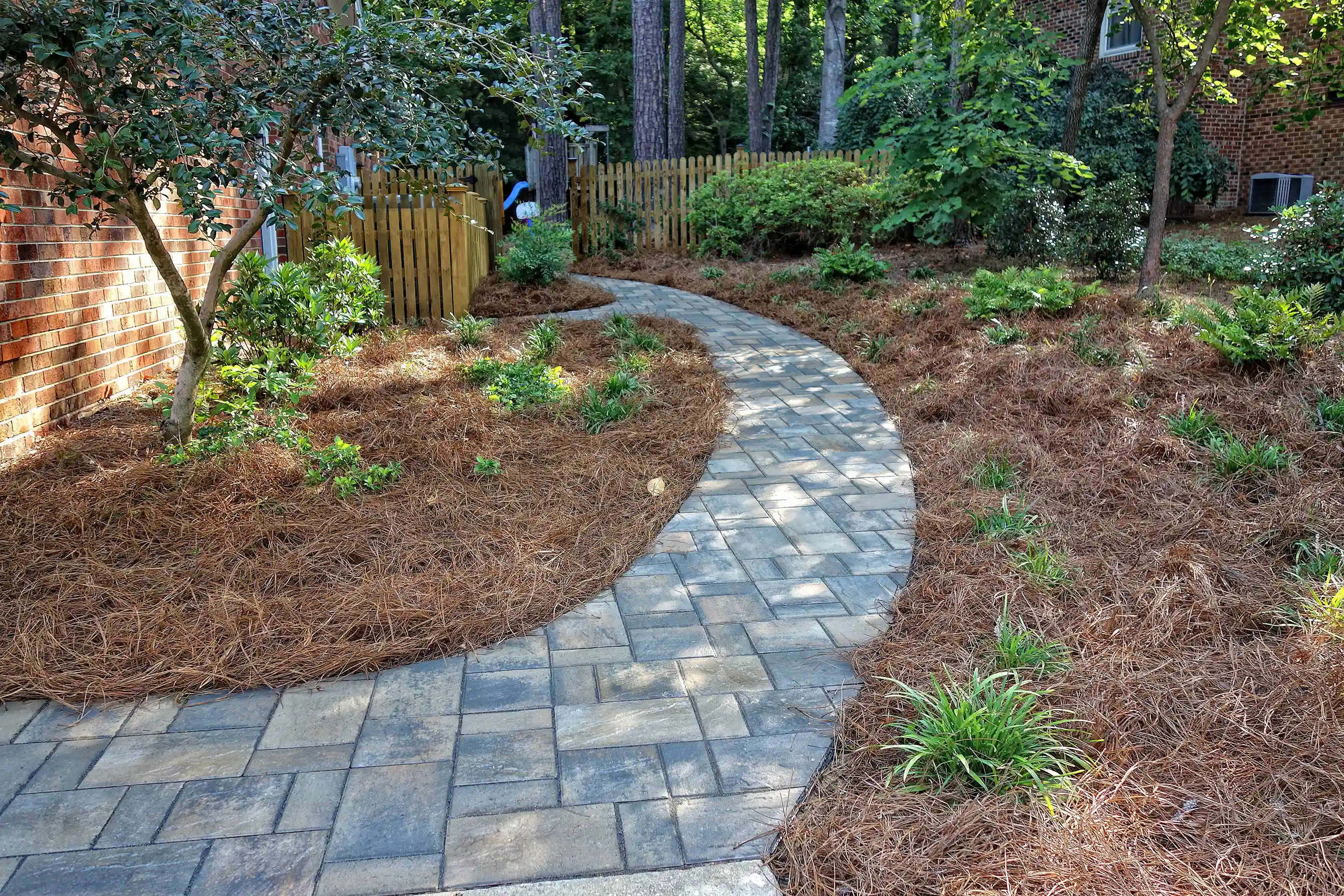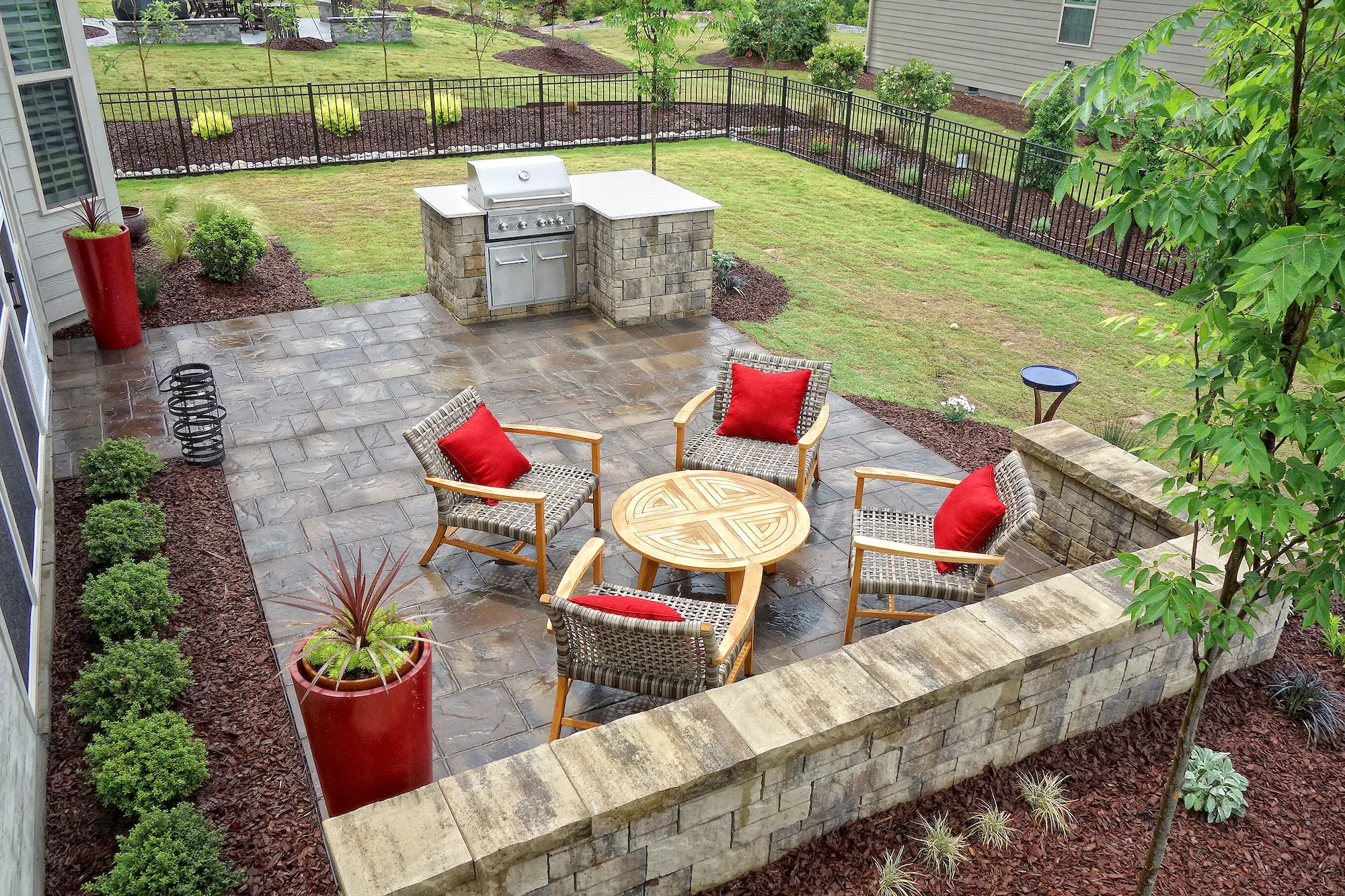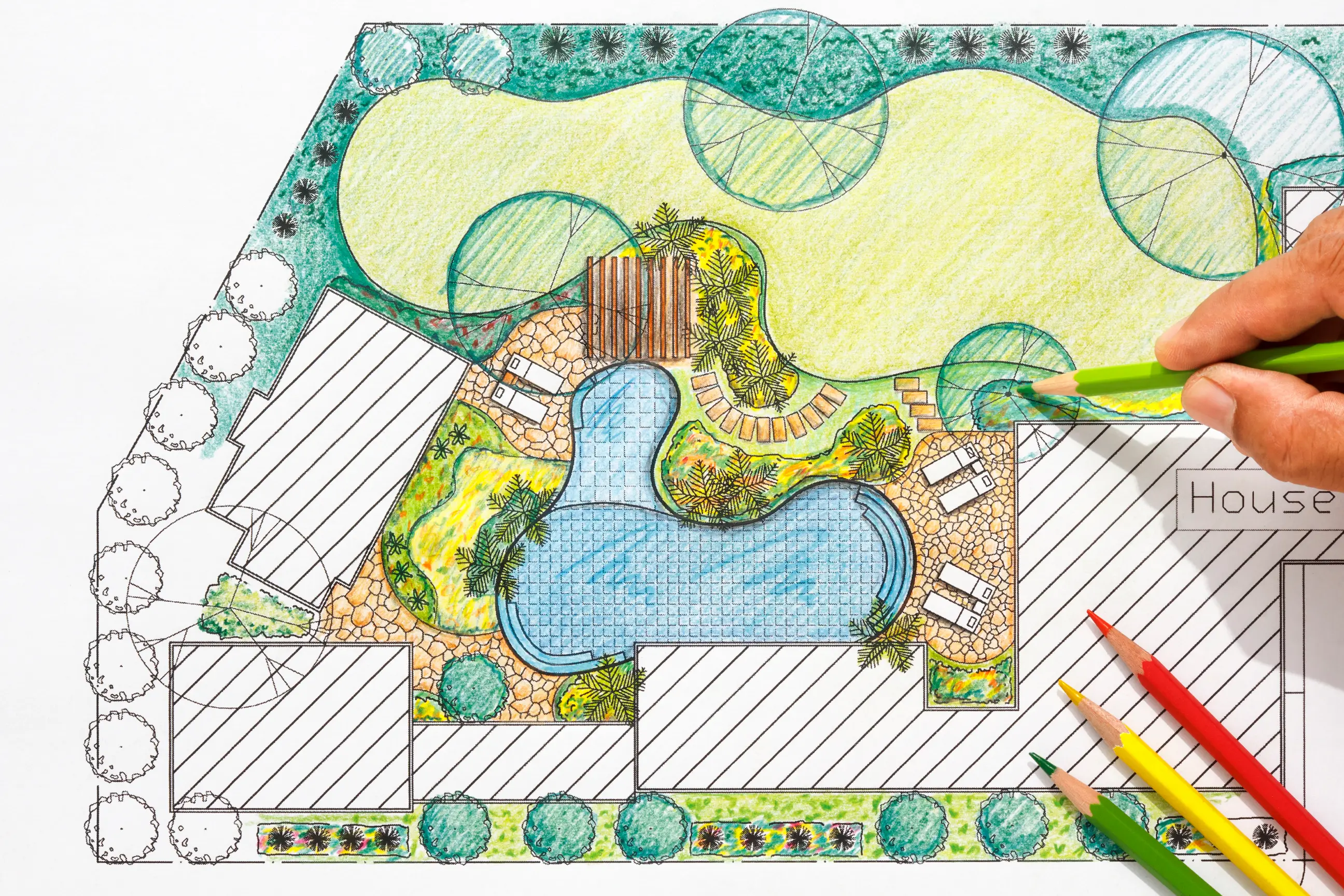Watering Your Plant Investment
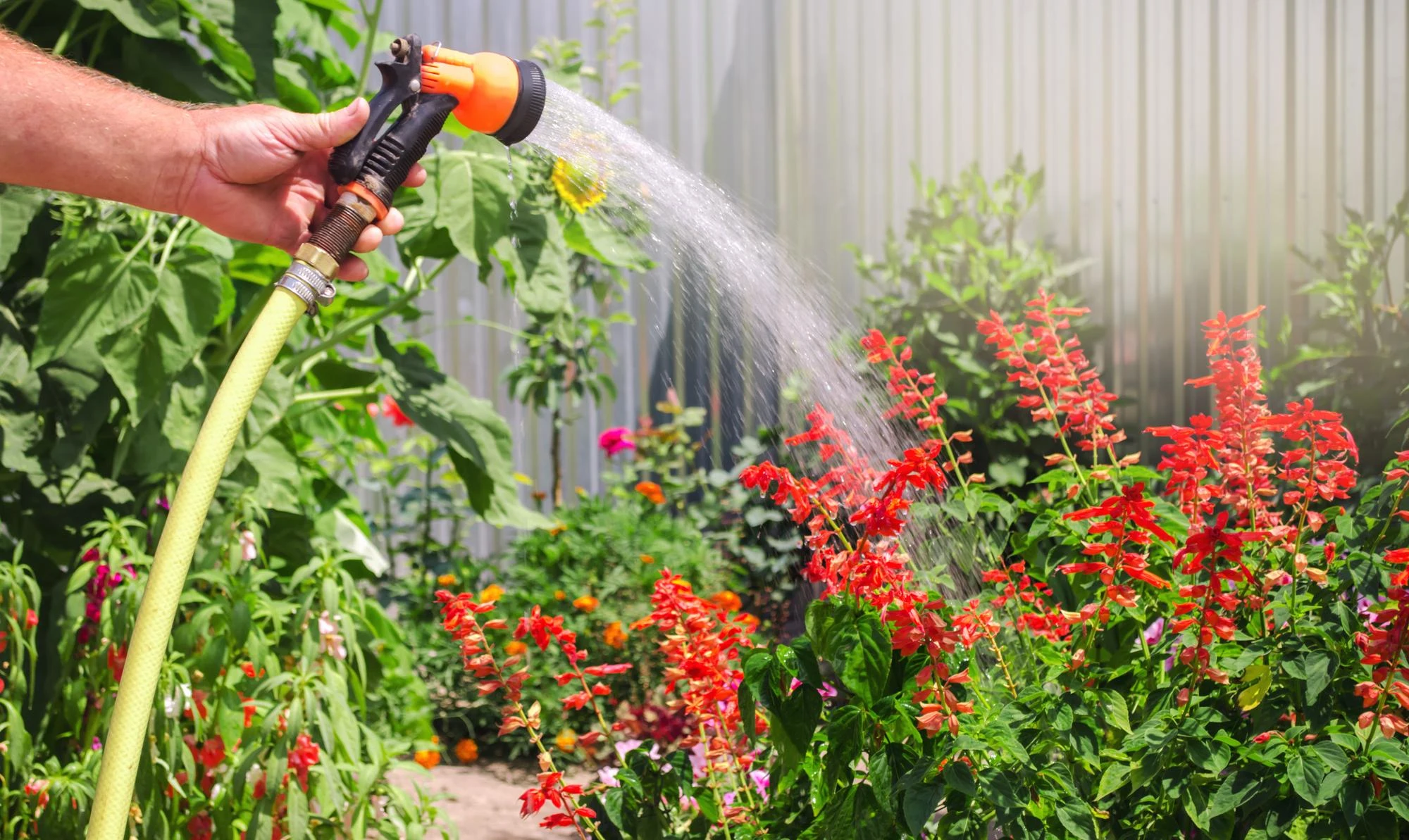
Watering is one of the most important things you can do to protect your landscape investment. Your goal is simple: water the plant’s root system as deeply as possible, and water again when the soil dries or your moisture meter reads zero.
Plants are living things, and like people, they can only thrive with care and attention. Since they can’t look after themselves, especially when newly planted, it’s your job to monitor them and respond to their needs. Each plant has its own preferences for sunlight, soil type, and oxygen levels in the root zone. For container-grown plants, make sure the roots are loosened or “scarified” before planting so they can grow into the surrounding soil and establish quickly.
DO: WHAT TO WATCH AND PRACTICE
Care about your plants.
The most critical time for new plants is their first summer—especially during dry spells between thunderstorms.
Watch for leaf signals.
If leaves droop early in the morning, the plant is saying “water me.” This is common in dogwoods, azaleas, hydrangeas, and other deciduous trees.
Know the quiet types.
Some plants won’t show visible stress until it’s too late. Broadleaf evergreens, conifers, hollies, and boxwoods often stay green right up until the point of decline. If they aren’t watered regularly, leaves will brown and drop.
Understand what wilting means.
Wilting or yellow leaves don’t always mean dry soil. Sometimes they signal waterlogged roots, which is why a moisture meter is essential to check the actual soil condition before watering.
Water deeply and slowly.
If you don’t have a drip irrigation system, use a Ross root feeder or a three-foot watering wand with a shower head and shutoff lever. Pick five plants that need water and water each for about 30 seconds, then cycle back through them once more. This lets moisture soak deep into the root system rather than running off the surface.
Use mulch.
Apply one to two inches of mulch around your plants to help retain moisture, reduce soil temperature, and keep roots cool.
Track rainfall.
Buy a rain gauge to know how much natural water your landscape is getting. Make notes about which plants dry faster and which retain moisture longer.
DON’T: COMMON WATERING MISTAKES
Don’t depend on thunderstorms.
Rain can be unpredictable, and a light shower may not soak deeply enough to benefit your plants.
Don’t use the wrong nozzle.
A high-pressure sprayer or a poor-quality hose attachment wastes water through runoff. Use tools that let you water slowly and evenly.
Don’t rely entirely on automatic timers.
If you have a drip system, turn it on manually when possible. Walk the yard and listen for air escaping through emitters. Check for leaks or clogs, then turn it off when finished. If it’s too hot to stay outside, use a kitchen timer to remind you to shut off the water after about an hour.
Don’t forget to hand water during droughts.
Even if you have an automated drip irrigation system, hand watering during extreme heat gives your plants the extra boost they need to recover and thrive.
Final Thought
Your landscape is an investment, and water is the key to protecting it. With consistent, deep watering and attention to soil conditions, your plants, lawns, and trees will stay healthy and resilient. Whether you rely on drip irrigation, manual watering, or both, your goal is the same—strong roots, thriving plants, and a landscape that rewards your effort all season long.
Transform Your Outdoor Space into Your Dream Space Today
Contact us today
